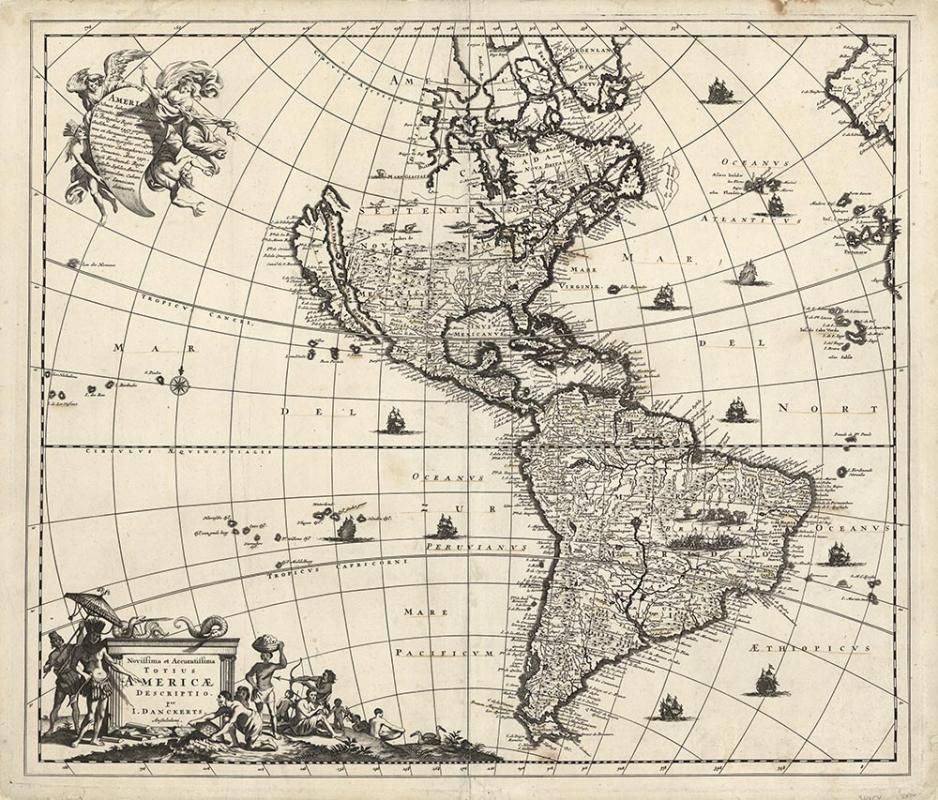How Did The Requerimiento Come To Be?
Drafted by Spanish jurist Juan de Palacios Rubios, the Requerimiento was included in the Leyes of Burgos—the set of laws that dictated how Spaniards should conduct themselves in the Americas. The document helped codify operating procedures for dealing with American indigenous populations as well as other European powers in the Americas. The Laws of Burgos were passed into legislation partly due to the efforts of Fray Dominco Antonio de Montesinos and others concerned with the treatment of the indigenous peoples in the West Indies. Together, they brought attention to the crown that the indigenous were suffering greatly at the hands of the Spanish. Thus, a council was formed and a number of laws governing Spanish action in the New World and El Requerimiento was drafted.

The Need for El Requerimiento
The Requerimiento was an auxillary document that was part of the Laws of Burgos. These Laws dicated Spanish action in the New World.
Montesinos and Las Casas
Fray Montesinos and Bartolome de las Casas called for an end indigenous mistreatment and in so doing helped create the Laws of Burgos

New World, Old Conflicts
New Worlds, Old Conflicts
James Muldoon, Luis Weckman, Walter Mignolo, and Lewis Hanke have examined the Spanish’s preoccupation with texts and literature and Mignolo, for example, argues that it is a cultural byproduct of the three centuries of internal Iberian conflict and the subsequent expulsion of persons of “Moorish” and Jewish ancestry from the Iberian Peninsula. So in this way, at least, the Requerimiento was used as an extension of old world quarrels.
Writing systems became homogenizing cultural apparatuses. In “The Darker Side of the Renaissance: Colonization and the Discontinuity of the Classical Tradition” Mignolo suggests that cultural semiotics that privileged forms of alphabetic writing became the cornerstone of civilization during the Renaissance. Writing quickly became a way of demarcating cultural boundaries across space and time. and as such alphabetic literacies came to be a way for entire cultures to discern and enforce classic “us” and “them” dichotomies.
The Document afforded Spanish colonials the legal affordances to conduct a “just” war. Luis Weckman writes, “The <em>Requerimento</em> appeared at a time when Christendom, in expansion owing to its technological superiority, still maintained the concept of war that was a product of its struggle against Iberian Muslims.” 15<sup>th</sup>-16<sup>th</sup> century Spanish literature was used to solidify a sense of nationalistic, religious, and cultural identity
Works Cited
Juan Lopez Palacios Rubios Coleción de documentos (1971).
Mignolo, Walter D. “The Darker Side of the Renaissance: Colonization and the Discontinuity of the Classical Tradition” Renaissance Quarterly, vol 45, No. 4. (1992).
Taylor, Diana. The Archive and the Repertoire: Performing Cultural Memory in the Americas. Durham: Duke University Press Books, 2003.
Weckmann, Luis The medieval heritage of Mexico. Fordham University Press, New York, 1992.
Secondary Bibliography
Paja Faudree. “Reading the Requerimiento Performatively: Speech Acts and the Conquest of the New World” Colonial Latin American Review, 24:4, 456-478. (2015)
---- “How to Say Thing with Wars: Performativity and Discursive Rupture in the Requerimiento of the Spanish Conquest” Linguistic Anthropology, 22:3, 182-200 (2013)
Lewis Hanke. “The Requerimiento and its Interpreters” Revista de Historia de America. Vol 1. 25-34 (1938)
Muldoon, James. John Wyclif and the rights of the infidels: the requerimiento re-examined. Washington University Press. (1980)
